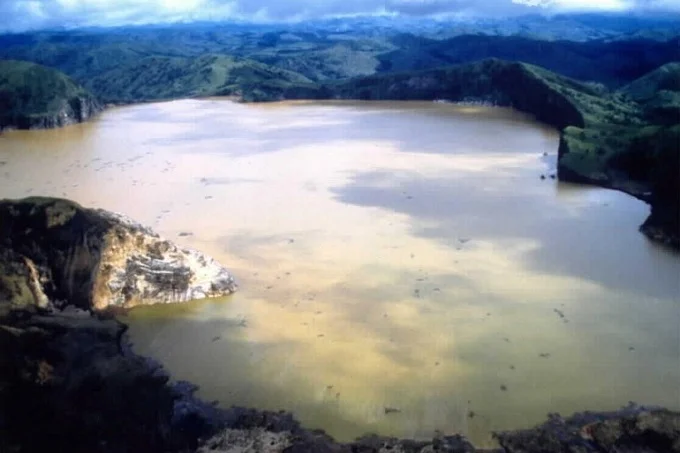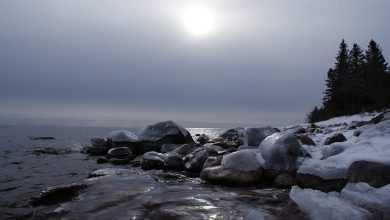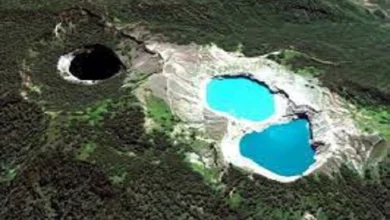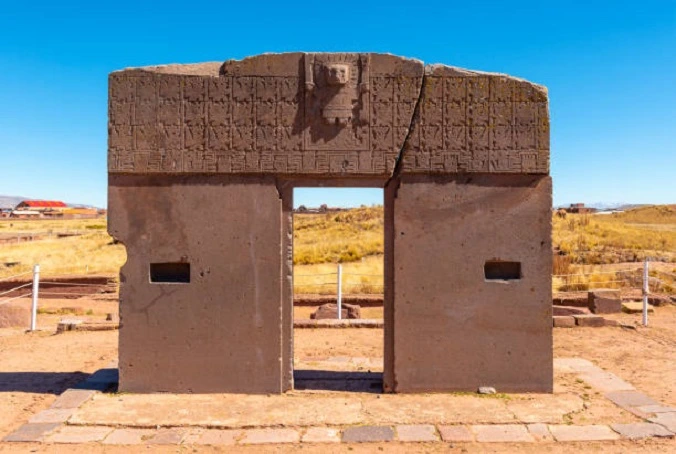Lake Nyos in Cameroon: the most dangerous lake in the world
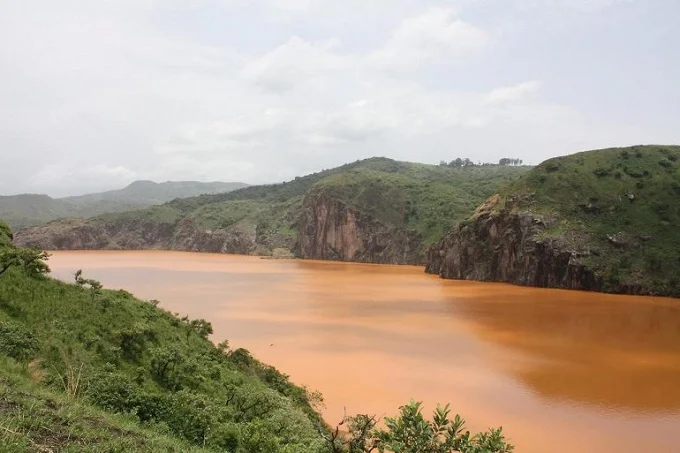
Lake Nyos is the most deadly lake on the planet earth. Located in the central African country, Cameroon, Lake Nyos is the world’s deadliest lake, and this is not a joke. The rift was caused due to the split apart of South America and Africa around 110 million years ago.
This lake is not known for numerous drownings. It does not overflow its banks or flood everything in its path. Lake Nyos is likewise free of frightening creatures. On the dreadful day of August 21, 1986, however, this most deadly lake claimed the lives of at least 1,700 people.
The Geography of Lake Nyos
The world’s most deadly lake is situated in Cameroon’s northwest region, in Central Africa. In the Oku volcanic field, it is a crater lake on the side or edge of an extinct volcano. A volcanic dam holds the lake’s waters back. South America and Africa parted around 110 million years ago, causing rifting in West Africa as a result.
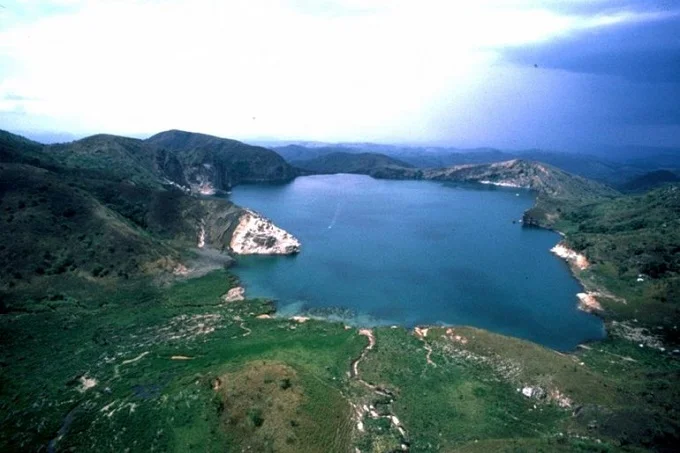
What happened at lake Nyos?
It’s because it’s in the crater of a volcano that was previously assumed to be inactive. Carbon dioxide rises routinely via fractures in the hardened lava rock as a result of deep volcanic activity, which continues to this day. It quickly combines with groundwater, dissolves in it, and enters the lake as a result.
This diabolical combination collects in the lake’s lowest levels and does not mix with the top layers, presenting a serious threat. All of these characteristics combine to create Nyos, one of the most spectacular volcanic lakes on the globe.
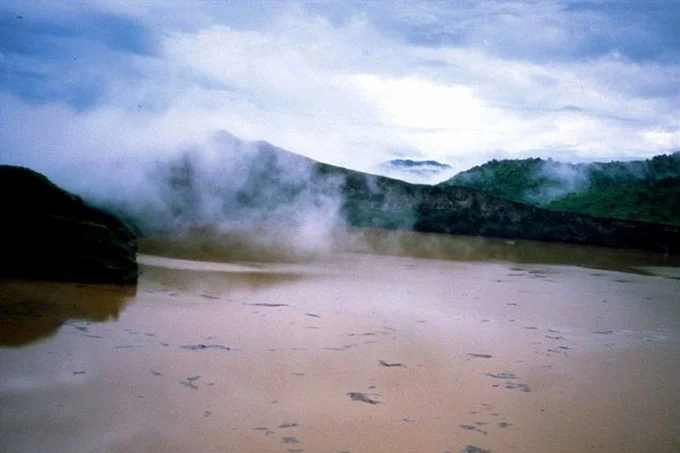
Carbon dioxide is released from the solution and bursts out in bubbles, taking water with it from the lower layers, causing some of the deep water to rise from the bottom. The process accelerates due to inertia. The gas erupts from the bottle like a jet of champagne.
Crater lakes are normally not harmful since the water mixes on a regular basis, the aerated water rises to the surface, and the gases dissipate into the atmosphere without affecting the ecosystem. Only high winds, very cold weather, a landslide, or an earthquake may disrupt this situation in such instances. Until then, the gas will continue to fill the water’s deeper layers.
Lake Nyos disaster
As a result, in 1986, a ‘fountain’ on Lake Nyos rose to a height of 80 meters. Everything perished as a result of being engulfed in a cloud of carbon dioxide. At nearly 70 kilometers per hour, the gas cloud spread quickly over the suburbs, even reaching settlements 20 kilometers away from the lake. As a result, Lake Nyos has earned a spot among the world’s top ten most dangerous attractions.
The tale of Catholic missionary Father James Neiller visiting the people of his parish in the hamlet of Nyos is well-known. It’s impossible to put into words what he saw. The hamlet was deafeningly quiet – no singing, no buzz of swarming people. Father James gradually uncovered the bodies of persons who had died. Worse, they seemed to be alive.
People had no opportunity of escaping when they were caught in the midst of a discussion or conducting home tasks by toxic smells! The stench of rotten eggs and a sudden warming of the air were described by the survivors. The lake’s natural hue transformed to a vivid orange – the Nyos Lake’s waters.
Lake Nyos degassing
Controlled degassing was started in Nyos (2001) and Monoun (2003) due to fears that it may unintentionally destabilize the lakes and cause another gas eruption. The pressure at pipe inlets decreases as the gas is withdrawn, and the removal rate decreases over time. The 33-year Lake Nyos degassing adventure has reached its conclusion: natural CO2 recharging will be balanced by discharge via the degassing pipelines.
